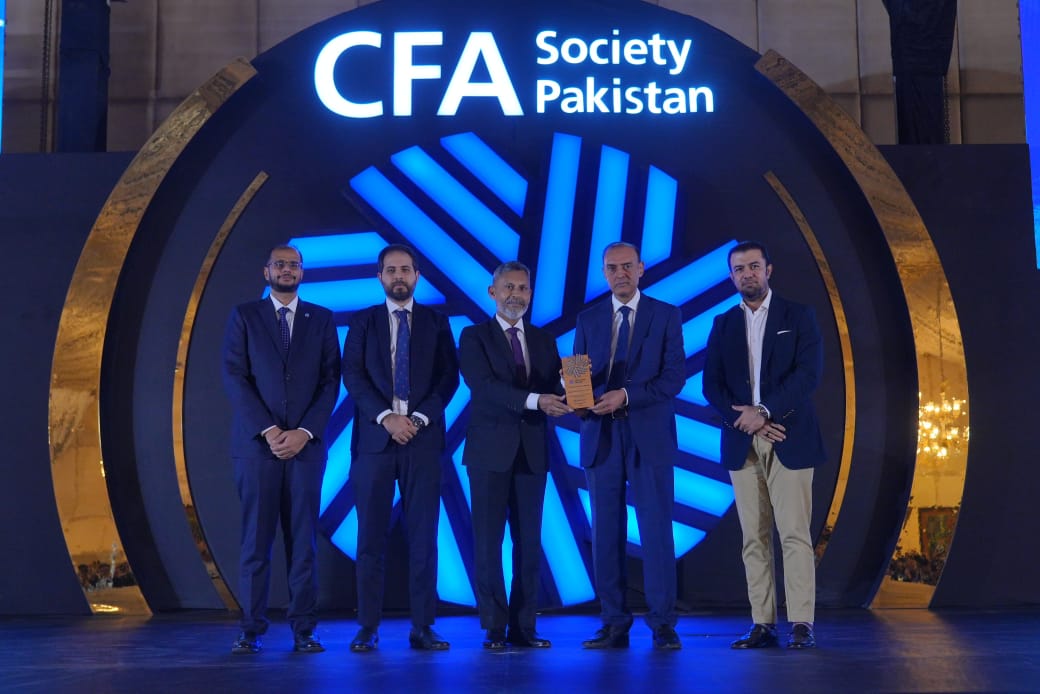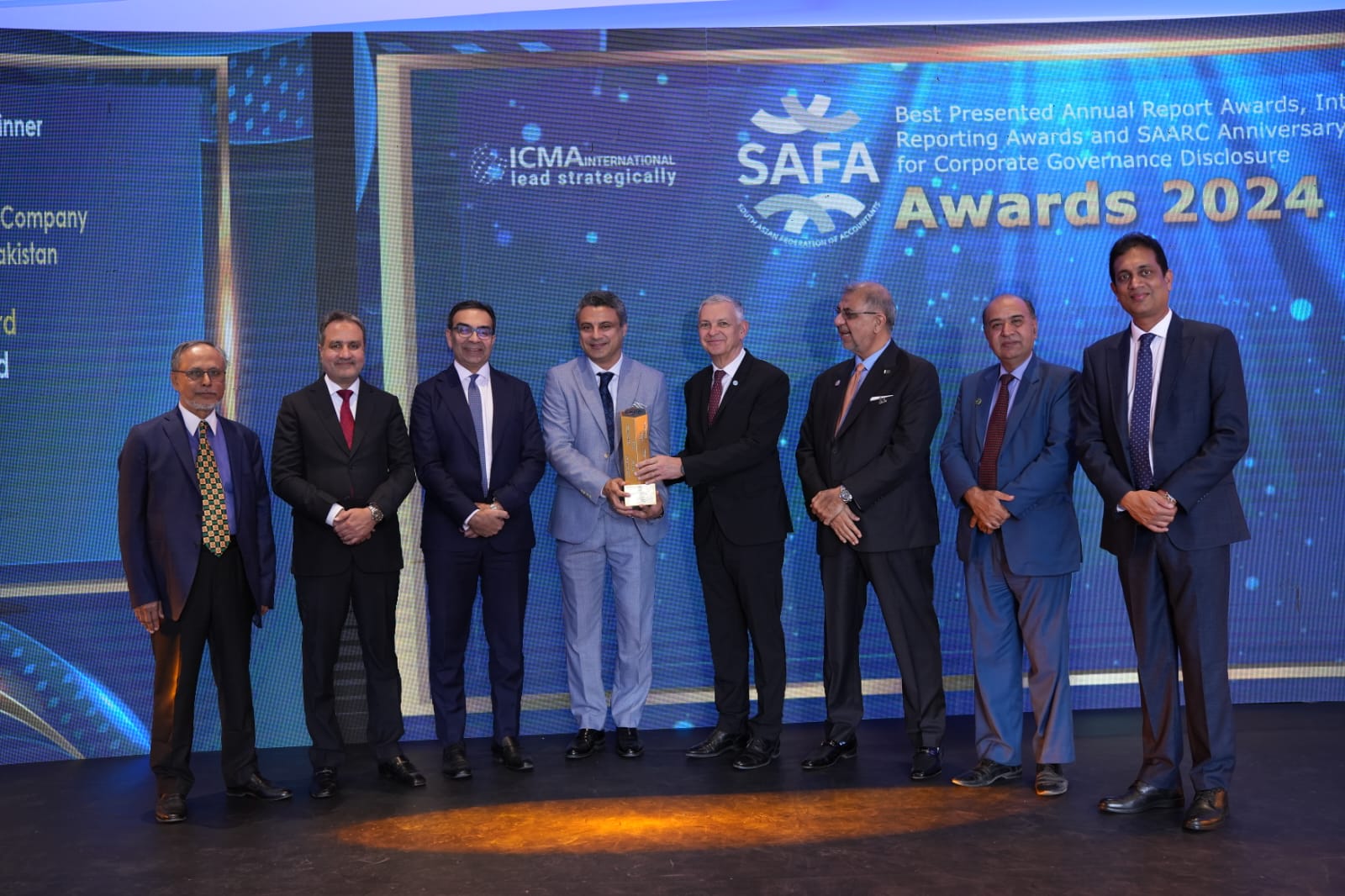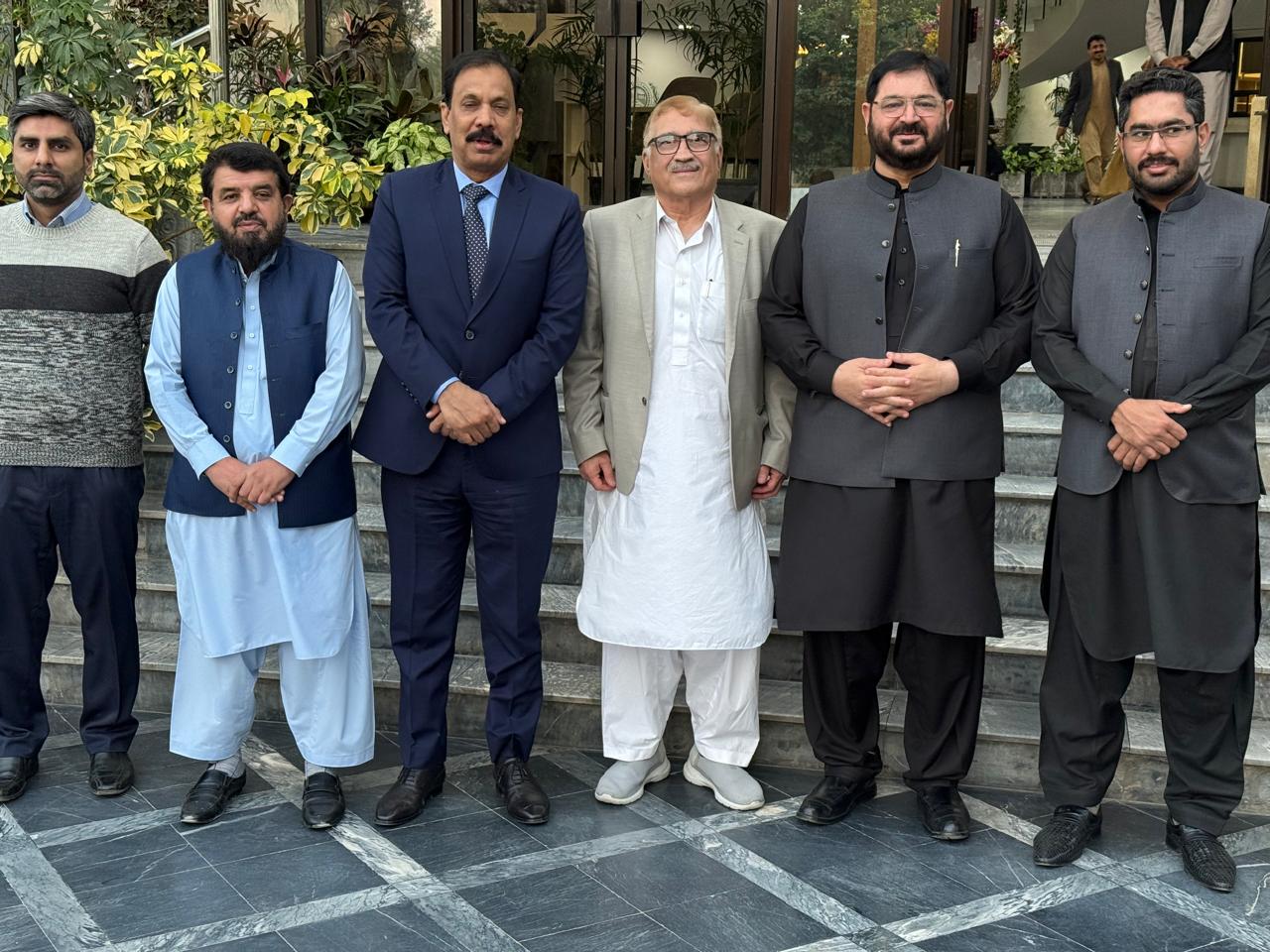Fauji Fertilizer Company (FFC) has been honoured with the CFA Corporate Excellence Award for ESG Reporting at the 22nd Annual Awards Ceremony organized by the CFA Society Pakistan in Karachi.
Industry-Leading ESG Integration
This win underscores FFC’s industry-leading ESG integration, future-proof sustainability practices, and unwavering compliance with global disclosure standards.
Team Efforts and Leadership Behind the Achievement
The accolade reflects the dedicated efforts of the entire FFC team, whose commitment to transparent reporting and cutting-edge sustainable operations has driven this success under the visionary guidance of the board and the dynamic leadership of MD&CEO, Mr. Jahangir Piracha.
Read more related news here: https://thepublicpurview.com/?s=ffc
Stay updated with verified reports, impactful headlines, and real-time coverage. We bring you trusted news from across Pakistan and beyond. For full stories, in-depth analysis, and exclusive updates, follow or visit our website. Your source for credible journalism, national resilience, and the voices that matter most—delivered with clarity, urgency, and integrity.
For climate-related stories, visit: The Green Post






